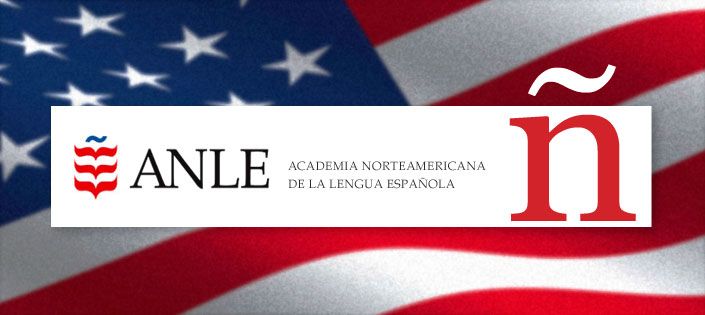5 Must-Bookmark Websites to Learn Spanish | donQuijote

Happy Internet Day! The invention of the World Wide Web has been one of the biggest game changers in human history, radically reshaping almost every aspect of our lives.
For all its faults, the internet has flung open the door to a seemingly infinite (and ever-growing) world of educational tools. Today, we’ll take a look at our top 5 resources for online Spanish learning. Click here to read this post in Spanish.
-
The Royal Spanish Academy
How many times have you looked up a word and found that one dictionary says one thing and another dictionary says another? Have you ever googled a grammar question and agonized over which style guide to follow? (Chicago, AP, MLA, Oxford… so many choices!)
In Spanish, this problem disappears: there is one authoritative body to rule them all! The Real Académia Española (RAE) can give you definitive answers to all your Spanish questions. Check out their website at www.rae.es or go directly to the Diccionario de la lengua española. The dictionary is very thorough: you look up a verb, you can see all the ways to conjugate it.

-
Fundéu
Fundéu is another official resource that works hand in hand with the RAE. Languages evolve quickly, and Fundéu is the RAE’s way to answer language and usage questions as they emerge in real time. One of the hot issues in the last couple of years has been gender-inclusive and gender-neutral language. As you can imagine, this is a particularly difficult subject to navigate in Spanish, where all nouns have a gender and the masculine form is traditionally used when referring to groups of both males and females.
-
YouTube
This popular video-sharing website is a treasure chest full of Spanish language and cultural gems! You can find dynamic Spanish lessons, watch top YouTubers from different Spanish-speaking countries, learn how to make traditional foods as you follow recipes in Spanish, or listen to songs in Spanish with the lyrics and sing along. This is a fun way to work on your listening skills, learn about different cultures, and improve your pronunciation!
If you’re not quite sure what you’re in the mood for, just type a word in Spanish in the search bar and prepare to be entertained!
-
Spanish language newspapers
See the world from a different point of view! Search for periódico + country name to find newspapers from different Spanish-speaking countries. (In Spain, the most-read newspaper is El País.) Reading foreign newspapers in Spanish will not only help you improve your language skills and teach you new vocabulary, it will also give you a more international perspective on global issues and events.

-
Sample DELE Exams
Earning a DELE diploma is one of the best ways to officially certify your Spanish level. But even if you’re not planning on taking the exam any time soon, going over practice tests can help you round out your Spanish skills and discover your strengths and weaknesses. Visit www.dele.org and click on each of the levels to find a full practice exam (with answer key).

There’s a lot the digital world can offer us, but some things never change. The best way to learn Spanish is to travel to a country where it is spoken, take a course, and talk to people. When you learn with don Quijote, you’ll be immersed in Spanish day in and day out, polishing your language skills and putting them to use in the real world. Until then, take full advantage of the virtual tools at your fingertips!























